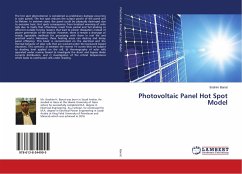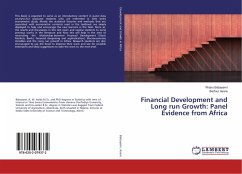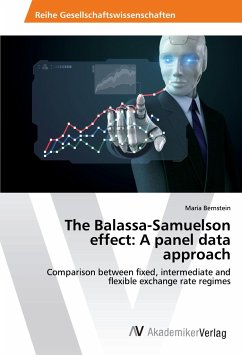
Photovoltaic Panel Hot Spot Model
Versandkostenfrei!
Versandfertig in 6-10 Tagen
43,99 €
inkl. MwSt.

PAYBACK Punkte
22 °P sammeln!
The hot spot phenomenon is considered as preliminary damage occurring in solar panels. The hot spot reduces the output power of the panel and its lifetime. In extreme cases, the panel could be physically destroyed due to excessive heat. Hot spots consequence from localized warming of solar cells due to faults that oftentimes result from partial and full shading or different outside forcing reasons that lead to power dissipation instead of power generation of the module. However, there is remain a shortage of widely agreeable methods for processing with them in real life and practical works. Mo...
The hot spot phenomenon is considered as preliminary damage occurring in solar panels. The hot spot reduces the output power of the panel and its lifetime. In extreme cases, the panel could be physically destroyed due to excessive heat. Hot spots consequence from localized warming of solar cells due to faults that oftentimes result from partial and full shading or different outside forcing reasons that lead to power dissipation instead of power generation of the module. However, there is remain a shortage of widely agreeable methods for processing with them in real life and practical works. Moreover, these heating areas can destroy and decay panel efficiency. This book is concentrated on the electrical and the thermal behavior of solar cells that are worked under the backward biased situations. This contains: a) estimate the reverse I-V curves that are subject to shading level applied on the cell, b) thermography of solar cells operated under reverse biased to investigate the shunt and bypass diode currents distribution, and c) investigation of the critical temperatures which leads to overheated cells under shading.












